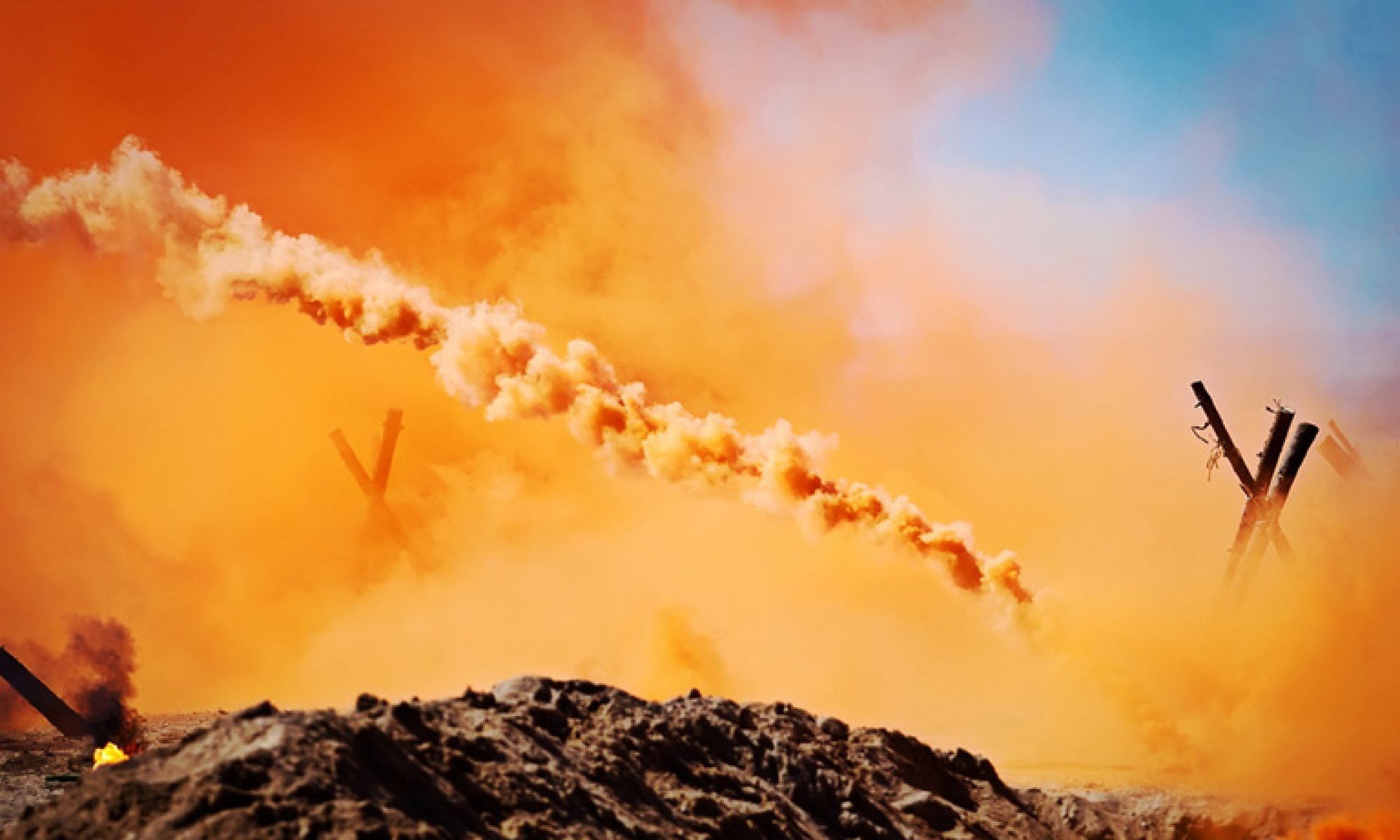In June 2015, I visited Sarajevo. In the taxi cab on my way from the airport to my friend’s apartment, I saw a new panorama of the city. The flashback pictures of the city during the war came back to me. Nobody cares about the destroyed buildings all over the city. The holes made by grenades and heavy weapons still stand on the buildings as they did in wartime. Nobody has repaired or renovated the facades of Sarajevo. Downtown, I saw many new facades that foreign companies refreshed after the war so they would have offices in those buildings. Between those devastated facades were new buildings with modern architecture. Movable photos on the facades reminded me of New York’s Time Square facades. Inside those building are Arabian department stores with high fashion boutiques and jewelry.
On the main street downtown, I saw many women dressed in long black Arabic dresses with covered faces walking with their Arabic man. I asked the cab driver, “Who are those Arabic people?”
He answered, with sadness on his face, “They come from Arabic countries, mostly from Saudi Arabia. We do not know who they are, and who asks them to come here. We do not communicate with them; they do not speak Bosnian.”
Here is the photo of King Fahd mosque in Sarajevo. It is currently the biggest mosque in Sarajevo. We can see destroyed asphalt from the wartime where a grenade was exploded. Nobody fixed a parking ground but the most important for Bosnian Government was to bulid a new monumental mosque.

According to the reportage of Pieter Stockman on Mondial Nieuws website, Gulf Arabs are not allowed to own property in Bosnia. They conclude a 99 year-lease with their customers with the permission of the Bosnian ambassador in Kuwait to allow Kuwaitis to own property in Bosnia.
Here is the photo of Sarajevo City Center, built by Al-shiddi after the privatization of wholesale Magros in 2008. The Saudi company promotes the City Center as the biggest mall in the district Marijin Dvor.

Talking to the people on the street Pieter got different opinions about new Arabian property in Sarajevo.
Some of them said: “We need an income to live and eat, not shopping malls to spend money we don’t have. They should open factories instead. This country is paying salaries with IMF loans, says one man while exhaling cigarette smoke.
Another man objects: ‘We have to catch up with Europe. Those malls are better than the devastated buildings that were there before.’
When he thinks of the past he sees dilapidated buildings. And they are still there: Austrian-Hungarian mansions with crumbled ornaments. Written on the walls is “We are hungry” in the three official languages.

